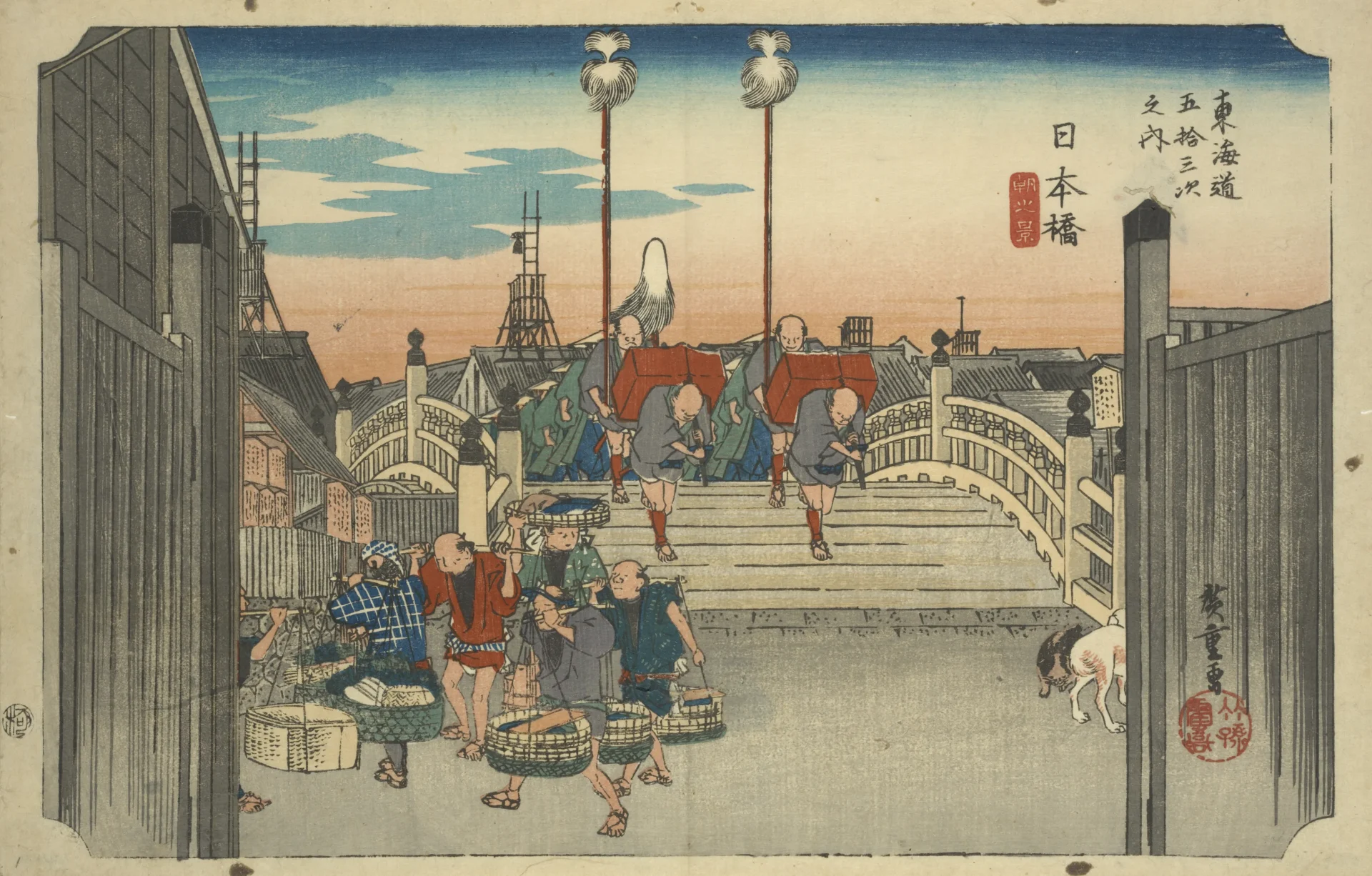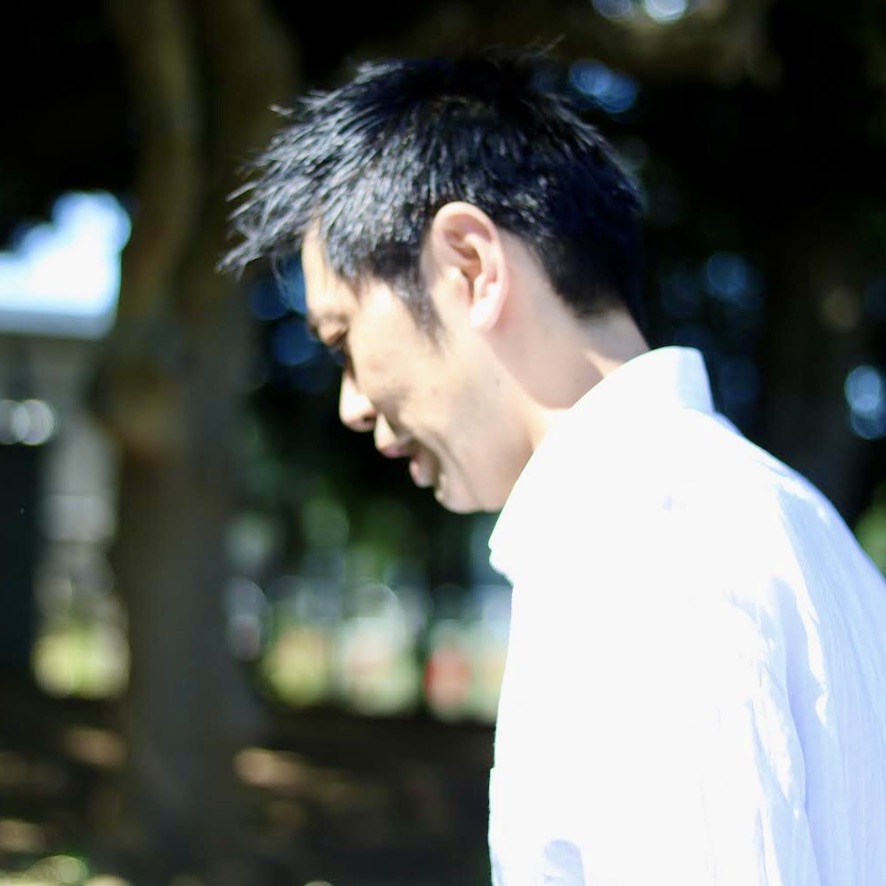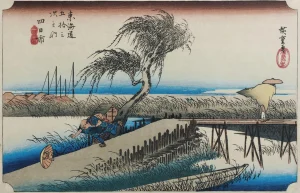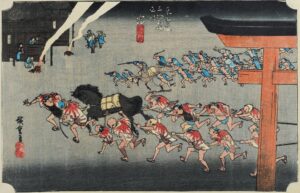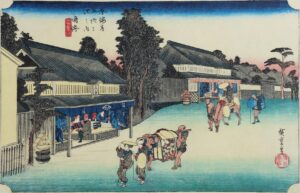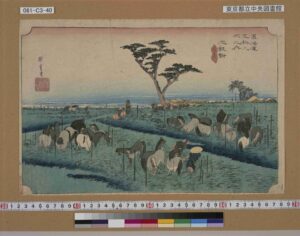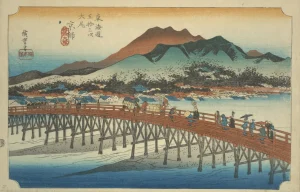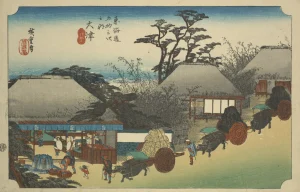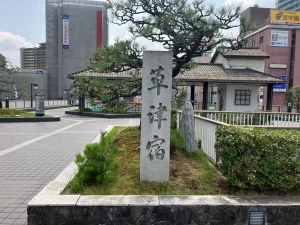This article was created using a translator. There may be expressions that are difficult to understand. If you have any questions, please check by yourself.
Please consult us about anything related to Fujieda City.
CONTACTHello~. This time, I would like to take you to Nihonbashi, the starting point of the 53 Stages of the Tokaido.
Nihonbashi was the starting point of not only Tokaido but also Gokaido, which included Koshu-kaido, Oshu-kaido, Nikko-kaido, and Nakasendo.
To be precise, Nihonbashi is a starting point and not an inn town. That is why it is No. 0.
This time, I took a walk around the Nihonbashi area.
Nihonbashi 日本橋
The ukiyoe above is a famous work depicting Nihonbashi, the starting point of the Tokaido Highway from Edo to Kyoto. In addition to the early-morning departure of the daimyo’s procession from Edo, a group of people carrying a balance pole are seen going out for peddling after purchasing fish from the fish market on the other side of the river, conveying the liveliness of Nihonbashi in the early morning, the busiest time in Edo.
Incidentally, the current Nihonbashi is here.
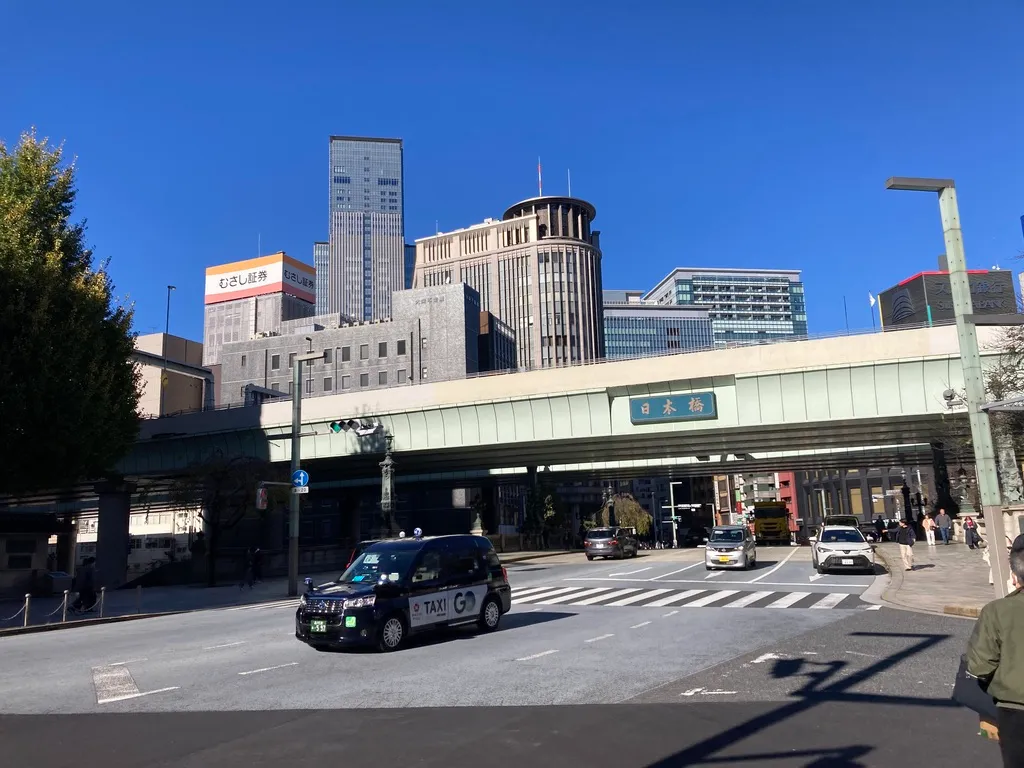
Nihonbashi “Japan Road Marker”
Tokugawa Ieyasu opened the Tokugawa Shogunate in 1603, and the Nihonbashi Bridge was built in that year. The following year, Nihonbashi was designated as the starting point of the Five Highways.
At the foot of the bridge, the “Japan Road Marker” was set up.
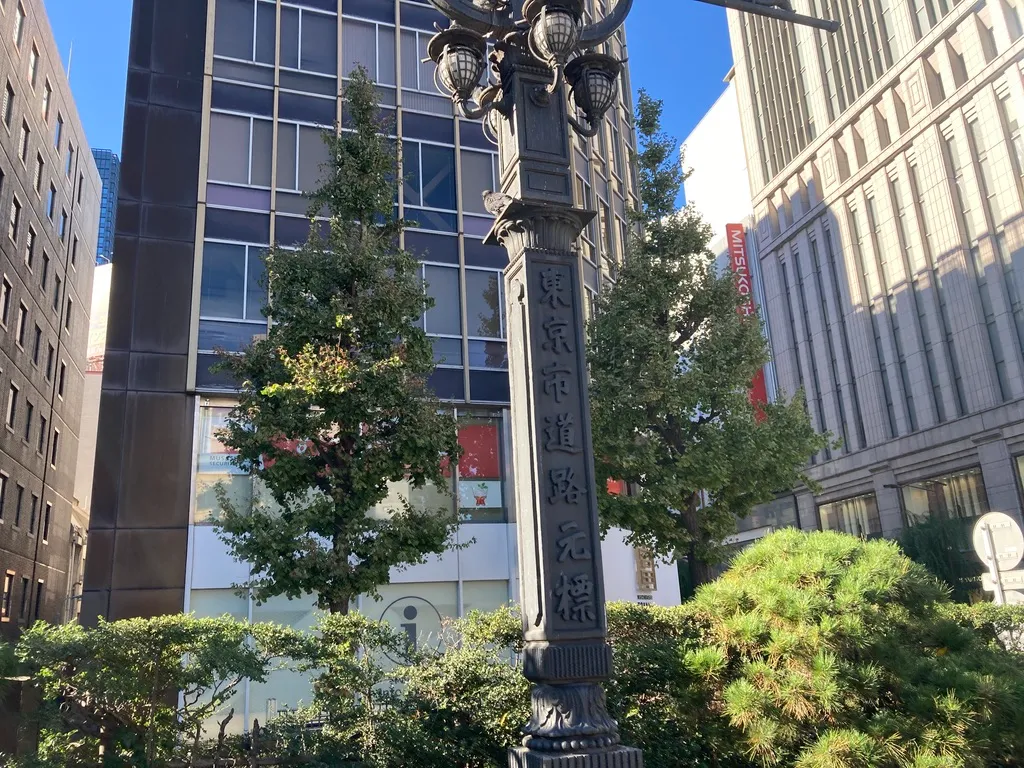
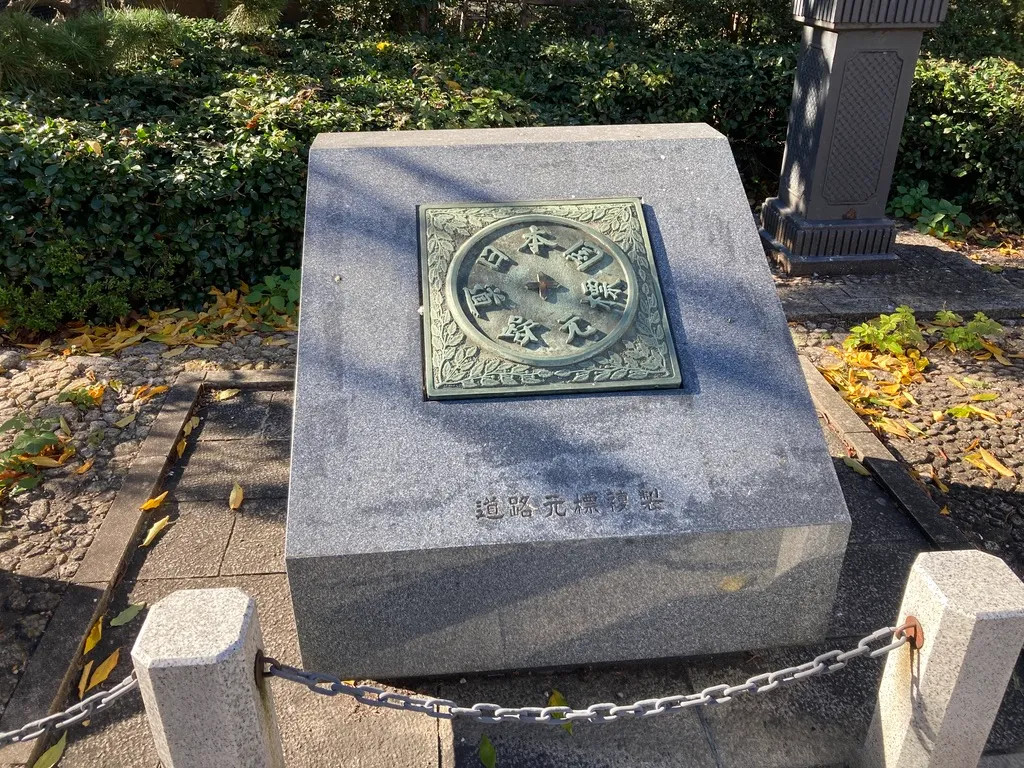
Nihonbashi Kirin Statue
The Nihonbashi Bridge has been reconstructed many times, but in 1911, it was reborn as a stone bridge suitable for Tokyo, based on modern and Western styles. It seems that a statue of a kylin was also installed as a Japanese motif in it.
It looks kind of scary when you look at it closely💦.
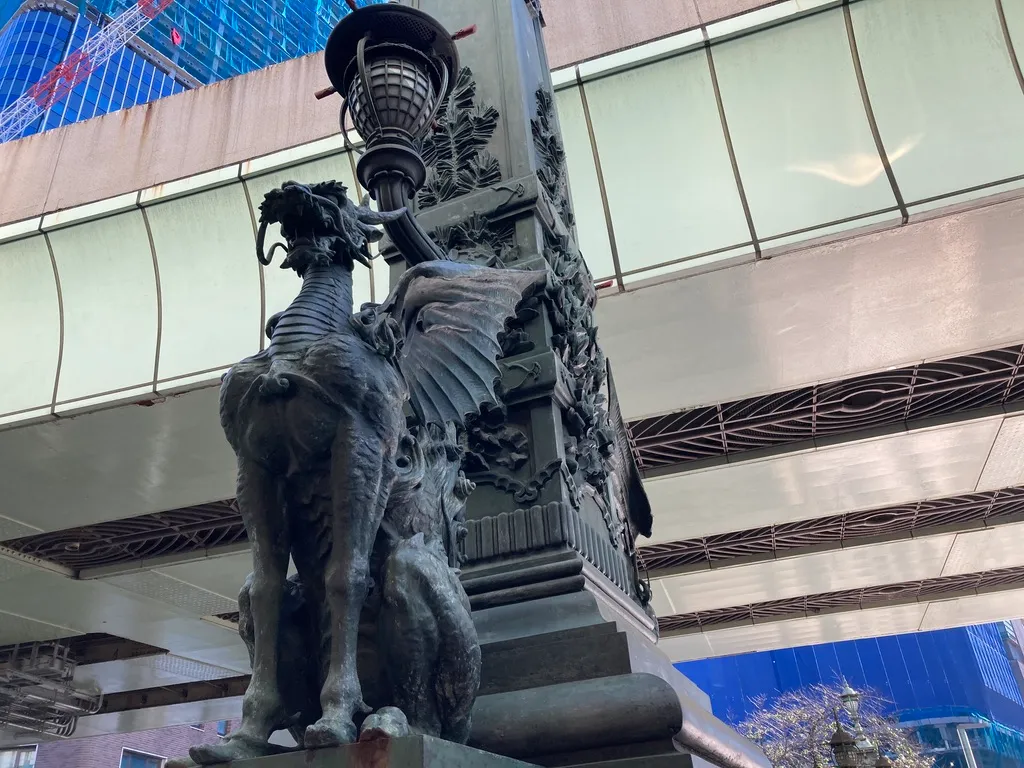
Nihonbashi Fish Market Statue Site
This seems to have been the central location where many boats full of fresh fish gathered and where the fish market was lined with the vigorous trading of the Edo people. Later, after the Great Kanto Earthquake of 1923 (Taisho 12), the market moved to Tsukiji and developed into the Tokyo Metropolitan Central Wholesale Market.
Tsukiji now attracts many foreign tourists, but it was originally this place~.
I am sorry I am not good at taking pictures.
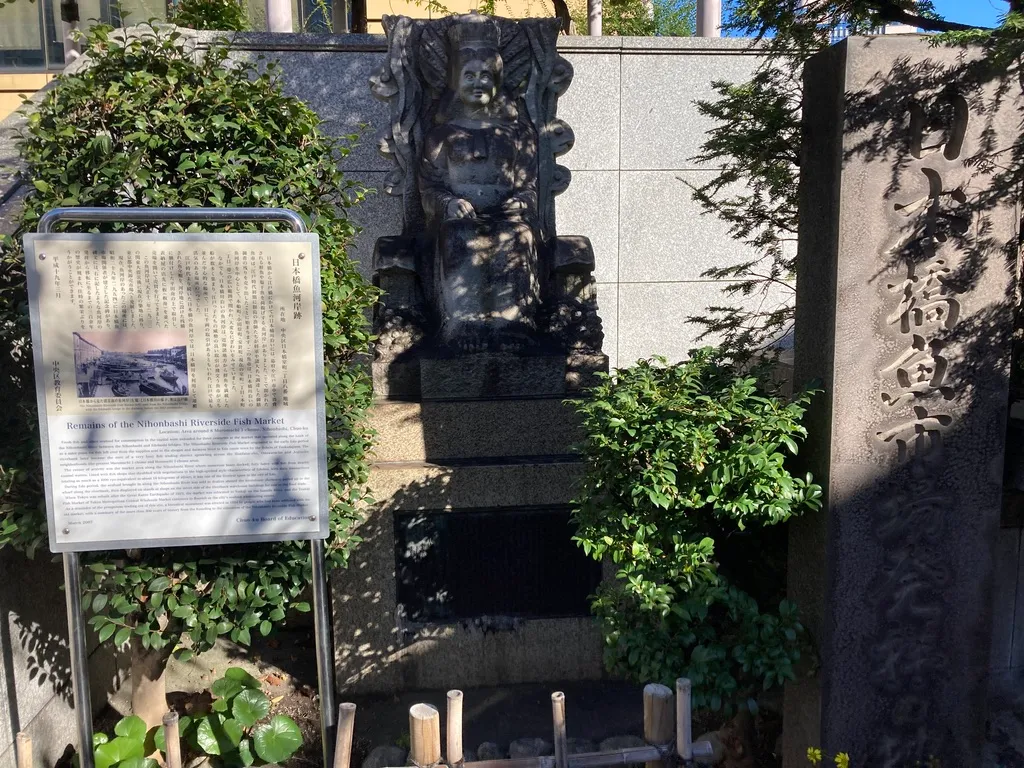
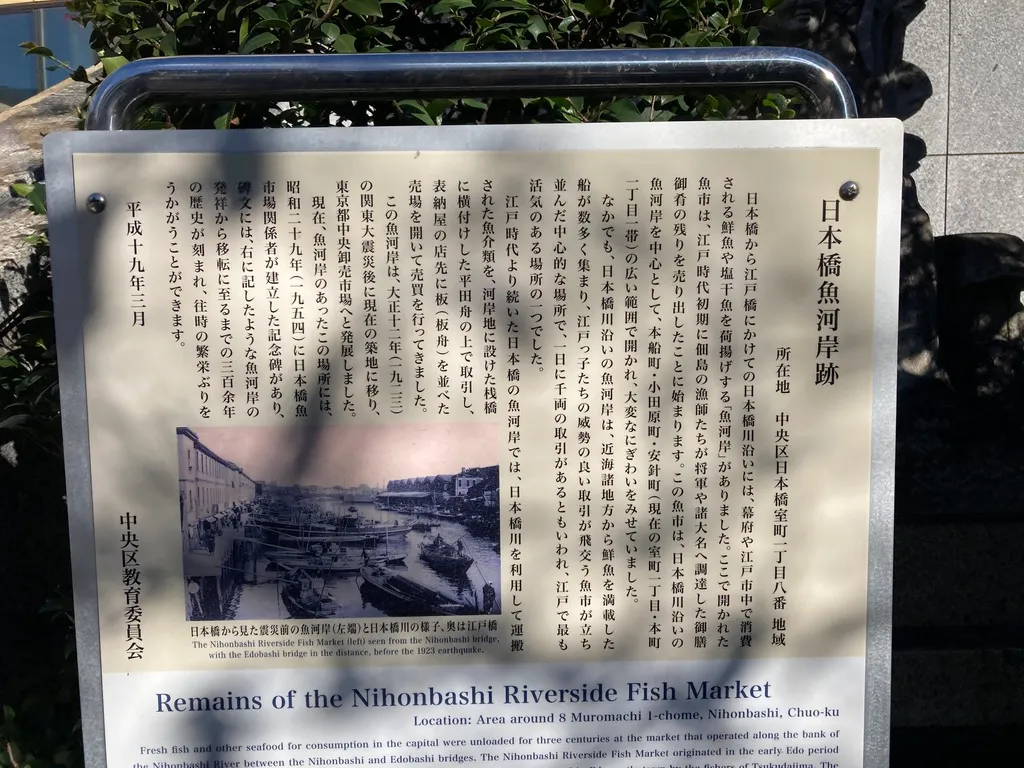
Kyobashi 京橋
Kyobashi seems to have been famous as the first bridge to cross when leaving Nihonbashi for Kyoto. It was known as one of the most famous bridges along with Nihonbashi Bridge. The name Kyobashi comes from the fact that there used to be a river called Kyobashi River, and the bridge spans the river. Incidentally, an expressway now runs over the river. It is kind of sad, isn’t it?
Kyobashi Monument
The Kyobashi bridge was removed in 1959, but only the monument remains. Incidentally, this monument is called “Giboshu” (a pseudo pearl), and at that time, it was said that tying a rope to this pseudo pearl and wishing for it had the effect of making people cough. Mystery 〜〜〜〜 lol
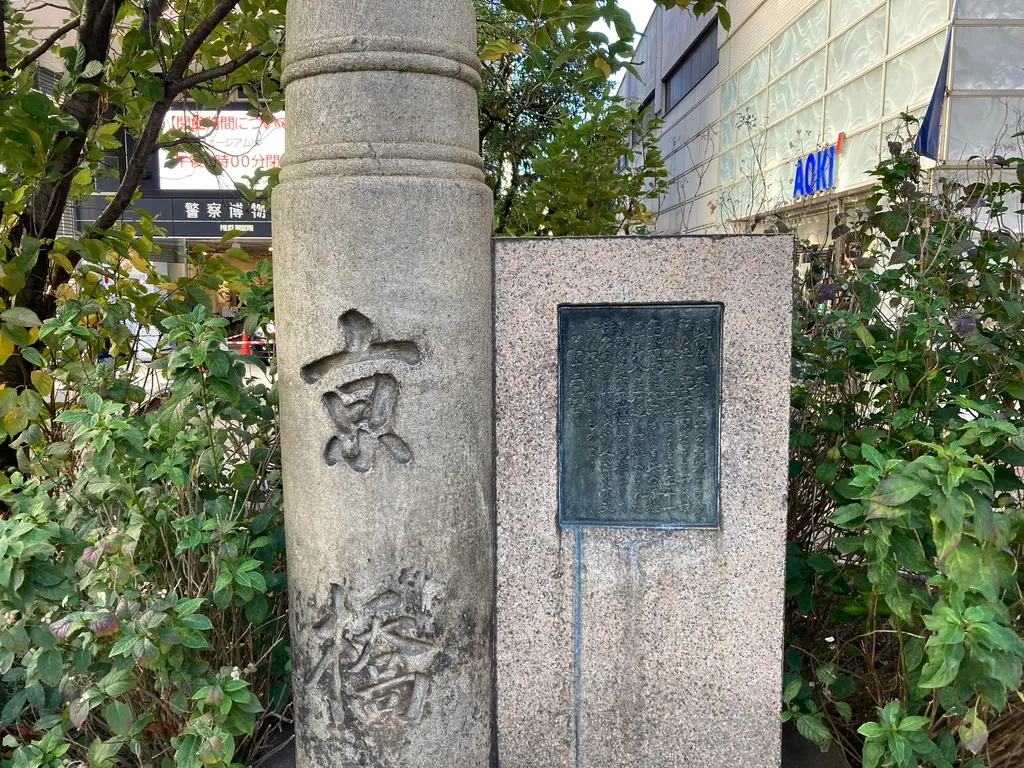
Birthplace of Edo Kabuki
Edo Kabuki is said to have begun in 1624, when Kanzaburo Saruwaka of the Nakamura-za theater raised the turret. After Nakamura-za, it was followed by Ichimura-za, Morita-za, and Yamamura-za, and it seems that these four theaters were playhouses.
This monument, “Birthplace of Edo Kabuki,” was erected in 1957.
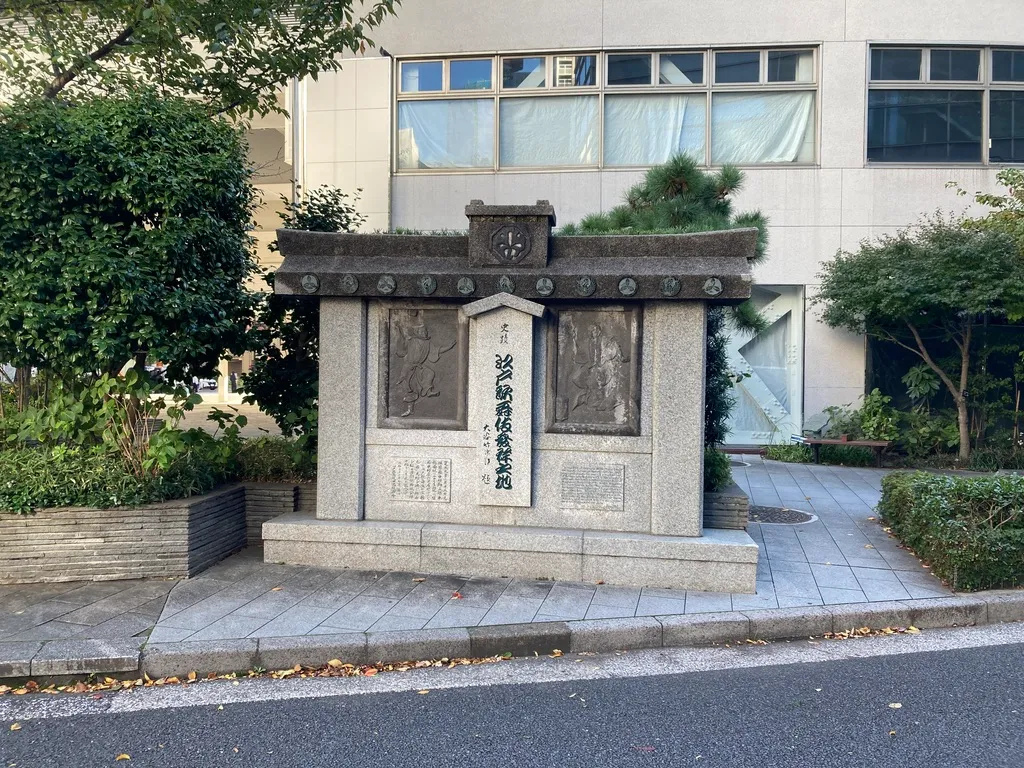
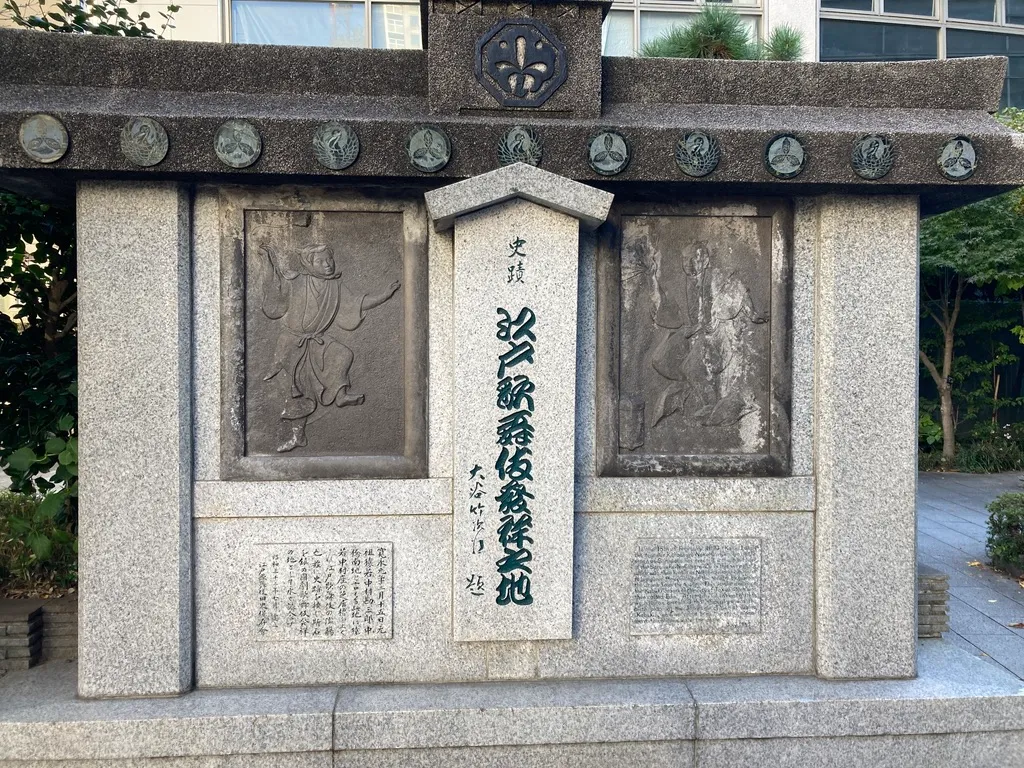
Brick Ginza Monument and Gas Lamp
In the early Meiji period (1868-1912), brick buildings appeared in Ginza as a symbol of Japan’s civilization and opening to the outside world, and gas lamps were used for street lighting.
The monument was built to commemorate the great fire of 1872, which triggered the appearance of brick buildings in the area.
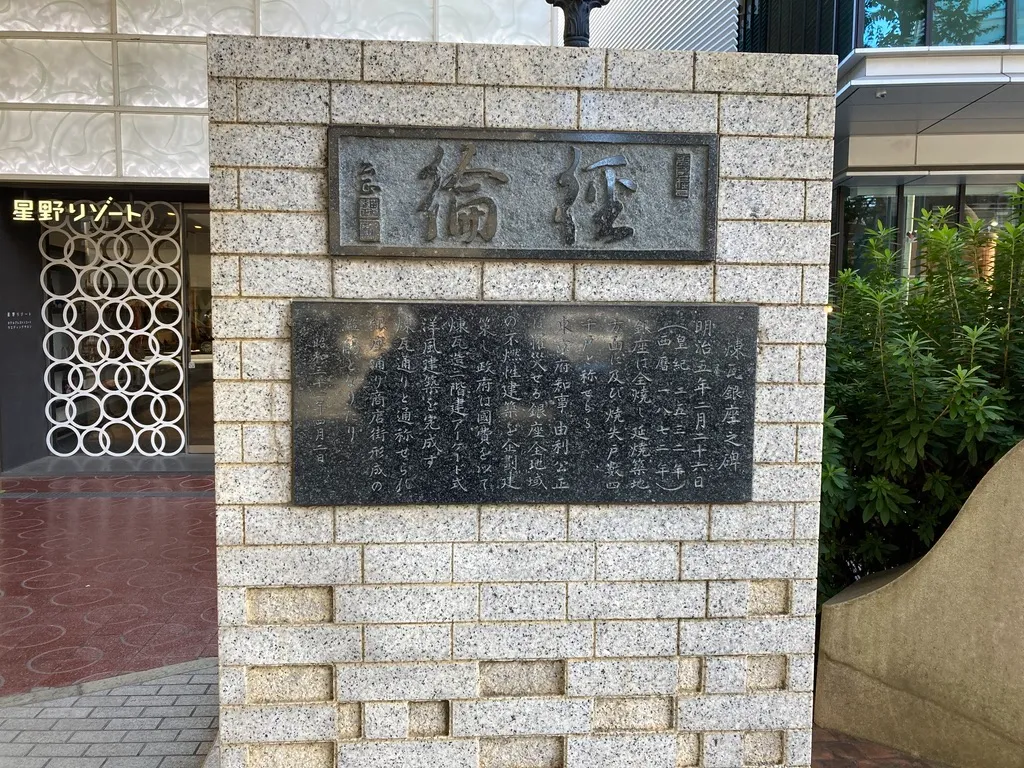
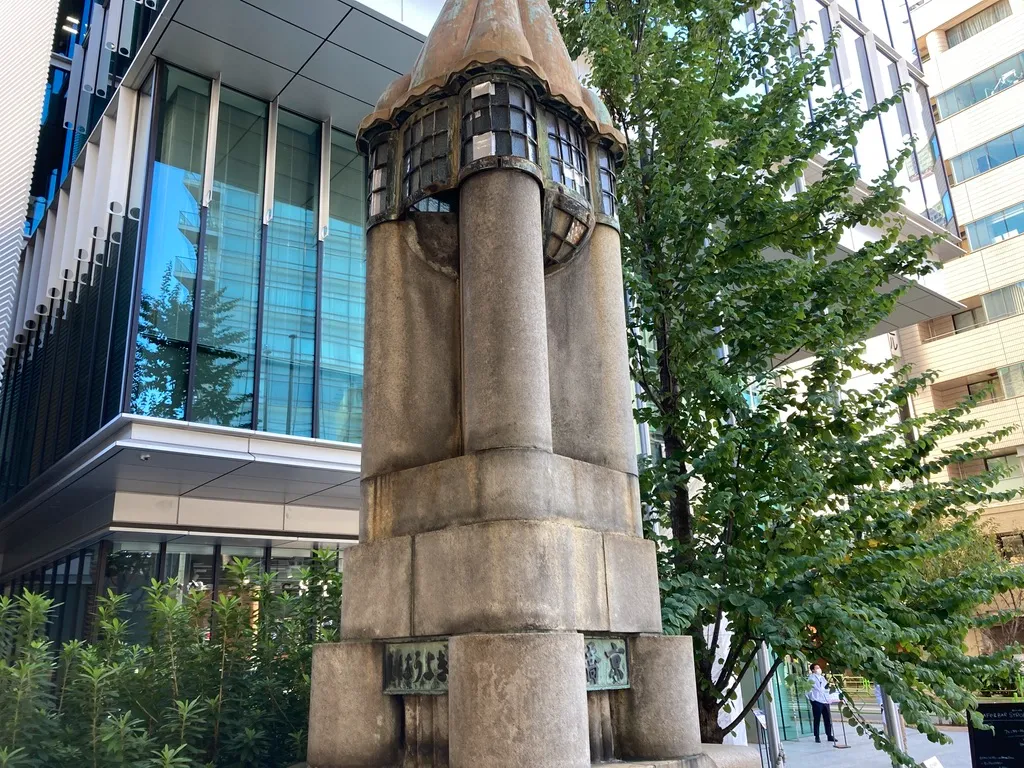
Ruins of Utagawa Hiroshige’s Residence
Another place near Nihonbashi is “Utagawa Hiroshige’s Residence Site. I was driven by a strange sense of mission to visit the site because it featured the 53 Stages of the Tokaido, so I had no choice but to go.
However! This place is really hard to find💦By the way, the following is a google map, but it’s not here!


